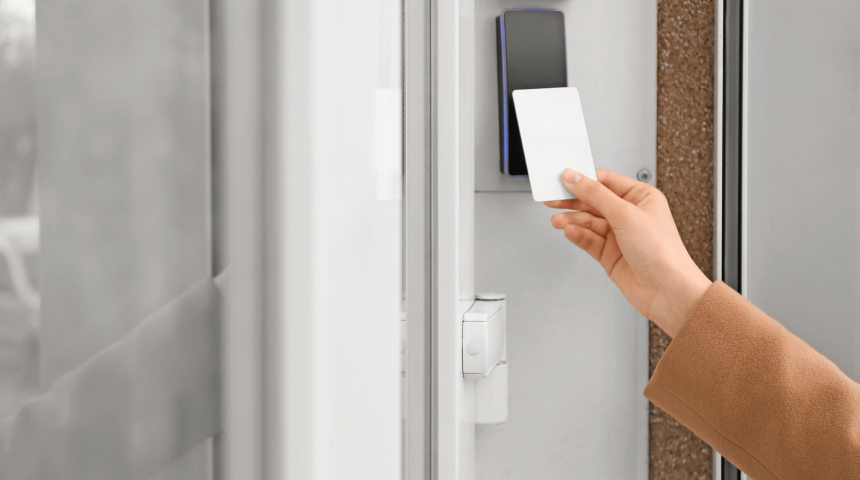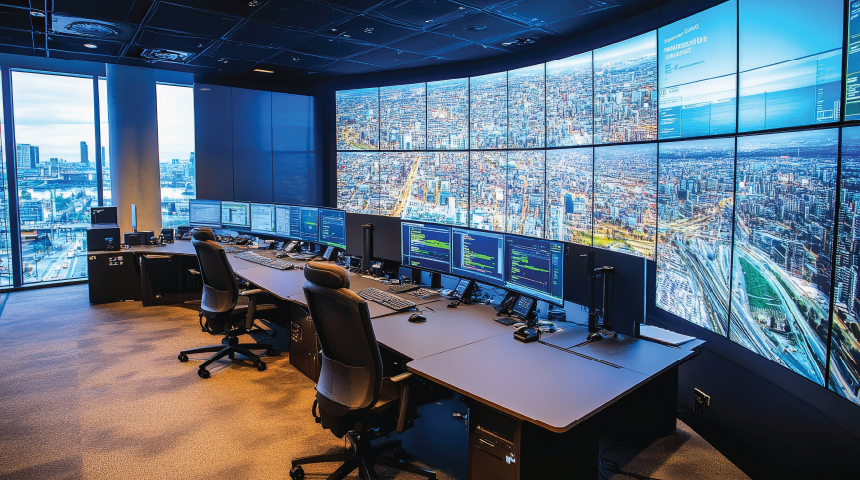
How TEMPEST Shielding Plays A Role In SCIF Design
TEMPEST Shielding, SCIFs and the ICD-705: What to Know
A (SCIF), or ‘Sensitive Compartmented Information Facility’ is a secure space used to protect sensitive corporate and government communications from electronic surveillance and data leaks. It can be a secure room, or a data center dedicated to safeguarding classified information. SCIFs are common in government buildings and in a variety of commercial office buildings where confidential information and data are shared – and the reason for sharing such information in a SCIF is so that only select individuals are privy to it.
SCIFs come in both permanent and temporary forms. While temporary SCIFs can be assembled in hotels or other locations to ensure the confidentiality of sensitive information, permanent SCIFs can be offices and conference rooms with exterior windows can be safeguarded like a SCIF by securing the windows from unauthorized signals.
SCIFs, however, rely on a lot more than just door and window locks to prevent unauthorized people from accessing these areas. They also rely on a variety of materials to prevent electronic eavesdropping and data theft from electronics like computers, phones and recorders that emit frequencies. Materials such as RF/IR window films, foils, paints and even window treatments are commonly used within SCIFs to safeguard these important spaces – and these materials need to meet certain standards.
In this post, we’ll discuss the TEMPEST set of standards that’s referenced to help ensure SCIFs are secure and minimize the potential for electronic eavesdropping and data theft.
What is TEMPEST (and Why is it Important)?
TEMPEST stands for “telecommunications electronics materials protected from emanating spurious transmissions.”
More specifically, it’s a set of standards used to protect sensitive information from being intercepted through unintentional electromagnetic emissions – and it’s an important standard for SCIFs to follow if they want to operate securely and prevent data spying or data theft.
TEMPEST’s roots date back to the 1960s when it was a code name for a government project that studied electronic eavesdropping and electronic frequencies. Today, it’s a set of standards used to help prevent compromising emanations, or CEs.
Types of Compromising Emanations (CEs)
Identifying these CEs helps form the TEMPEST strategy:
- Electronics that process national security information.
- Electronics that process non-national security information.
- Signals that are unintentionally created over power lines.
- Intentionally created signals that are amplified.
- Acoustic signals or sounds that are created by keyboards and various mechanical devices. These signals can also be intercepted if proper preventative measures are not taken.
Signals Defense Films: Designed to Meet TEMPEST Requirements
Not all RF attenuation films meet TEMPEST requirements for SCIFs and other sensitive areas, so it’s important to do your research if you’re designing and constructing such an area – whether it’s permanent or temporary. Signals Defense has solutions to help you meet these stringent requirements and stay in compliance with the ICD 705 and Department of Defense Infrared and Radio Frequency Emanation Protection Standards. Contact us today for more information about our industry-leading RF/IR window films and other products that can help maximize the security of your SCIF space.
Contact Signals Defense Today
For more information on TEMPEST shielding standards and to learn about the RF and IR attenuation products that can meet such requirements and safeguard your SCIF or other sensitive room from electronic eavesdropping, contact Signals Defense today.
Related Blog Articles

Enhancing Data Center Security
Enhancing Data Center Security with RF Shielding SolutionsData Center and...

Corporate Security: Benefits of Shielding Materials
Enhancing Corporate Security: The Indispensable Benefits of Shielding...
